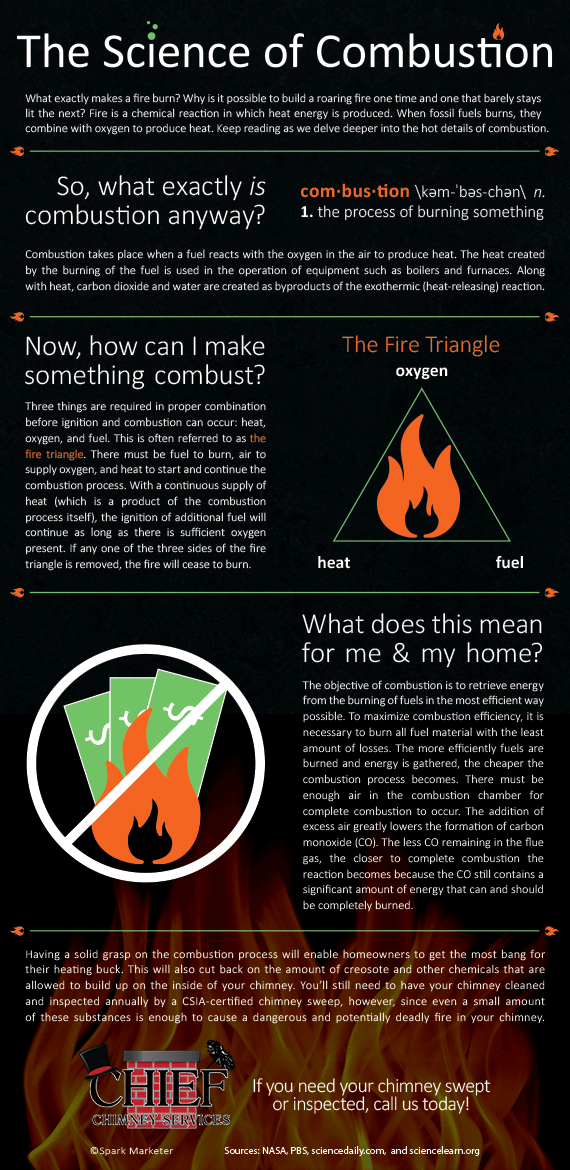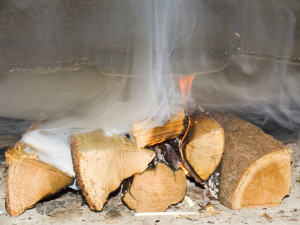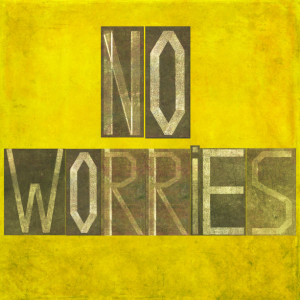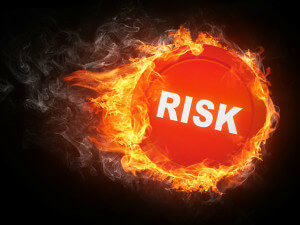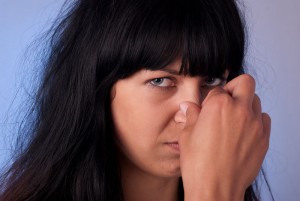Removing Ash in Your Fireplace

How long has the ashes in your fireplace been sitting there? Make sure to remove ash the right way.
Do you have the habit of leaving ash to sit and accumulate in the fireplace after use? It’s important for every homeowner to understand the consequences of leaving ash in the fireplace and to know what you can do to properly dispose of it. Our company, Chief Chimney Services will help you understand how you can remove ash safely and why it’s not a good idea to leave it there the whole year round.
What about Ash?
Fireplaces were built to put wood or any combustible material that will give out heat to warm the room or the entire house. The reason for its design is so that the fire will just be enclosed in that area, making sure nothing gets to it while it’s supplementing heat to the home. Then it is attached to the chimney so that the air is properly suctioned out into the open environment.
The ash that is left after open combustion needs to be properly disposed because it has harmful chemicals in it that are just not suitable for the sensitive noses of the people who live inside the house. It is great for your garden when cooled though.
The Process
Before anything else, make sure you have a metal dust pan and trash bin. The first thing you have to do is to let the ash cool first before attempting to sweep it. It still might have hot charcoal. Second, take out the firebox because that’s where all the ash resides. Then carefully put the ash into the metal dust pan. After which, place the cooled ash into the empty metal trash bin where it can continue to cool. After this process is done, make sure to put the trash bin outside, far from your home as a preventive measure in case some of the coals can still ignite a fire. Do this process at least twice a week or more when you constantly use your fireplace.
Knowing the basics of ash removal is a good first step to make sure you have a clean and heating system. However, in most cases, this might not be enough. That is why it is best to call CSIA-licensed chimney sweeps to do the annual cleaning and the regular inspection. Chief Chimney Services, Incorporated guarantees outstanding service and trustworthy chimney sweeps that are ready to maintain the performance of your fireplace and chimney.

